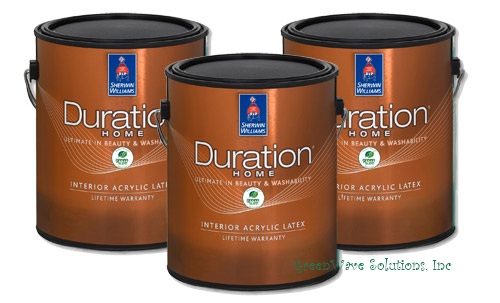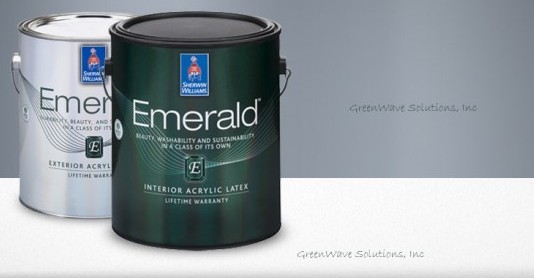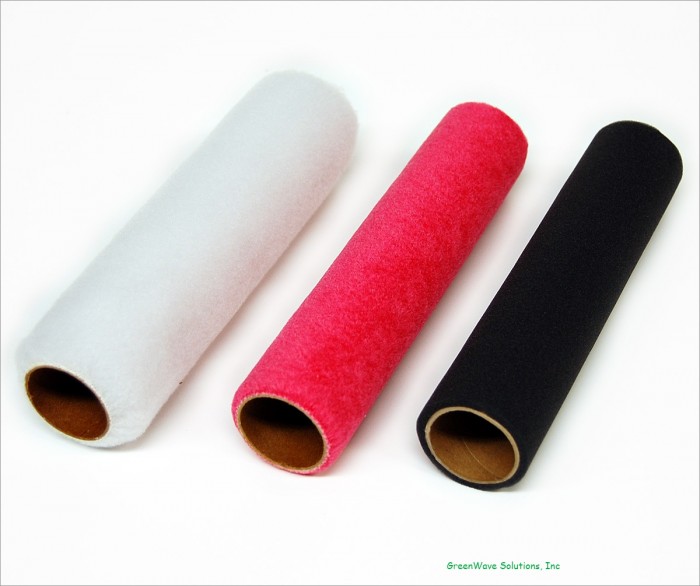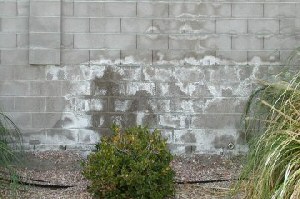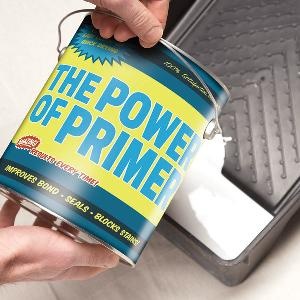Review: Sherwin Williams Duration Home
The topic of today’s review, Sherwin Williams Duration Home, is not a new product. This product is several years old. It is so good, however, I thought it deserved some attention.
Duration Home is the interior line of Sherwin Williams’ Duration brand. It was the flagship paint for high end, interior durability until Emerald was released. Duration Home comes in matte, satin, and semi-gloss finishes and has all color bases available. This product is low-VOC and has a great finish.
Product Overview:
Duration Home: Low-VOC
Sheen: Matte
Color: SW – Granite Peak
Application: Brush and roll
Substrate: Previously painted drywall with a flat finish
Wall condition: Sound
Painters: 1 experienced
Initial Look/Feel:
Upon opening the can, you will notice that the Duration Home is not very thick. It also has that ammonia like smell that high end, low-VOC coatings have. Everything is pretty normal inside the can.
Application, Coverage, and Hide:
As soon as you start painting with the Duration Home you know that you are using a great paint. The thin body of the paint makes its application a breeze. It easily loads onto brushes and rollers and transfers smoothly onto walls. The most impressive things is that despite the thin body of the paint, its hide is as good as any paint I’ve used. Because the matte finish has a bit of sheen, make sure that you paint into a wet edge to avoid hat-banding or picture framing.
Durability of finish:
I used Duration Home to paint a bathroom in my condo and after 6 years it looks brand new. I am not a neat freak by any stretch of the imagination. The Duration Home has stood up to water, neglect, and even some abuse. I have intentionally been rough on it to see what it can take. This product lives up to its durable finish claims.
Pros:
- Very durable finish
- Excellent hide
- Low-VOC
- Easy to apply
Cons:
- Expensive ($60/gallon)
Conclusion:
I am impressed with the Duration Home product. I have liked it since Sherwin Williams released it about 10 years ago. While it was one of the first “premium low-VOC” interior paints, it still competes with the newer products. Duration Home prices have gone down with the release of Emerald which makes Duration an even better choice. I like everything about Duration Home matte.
President of GreenWave Solutions, Brookhaven painting company and Alpharetta house painters. GreenWave Solutions offers the best painter services in Alpharetta, Atlanta, Dunwoody, Decatur, Sandy Springs, Roswell, Brookhaven, Duluth, Grant Park, Inman Park, Buckhead,Milton, Midtown, and more!

